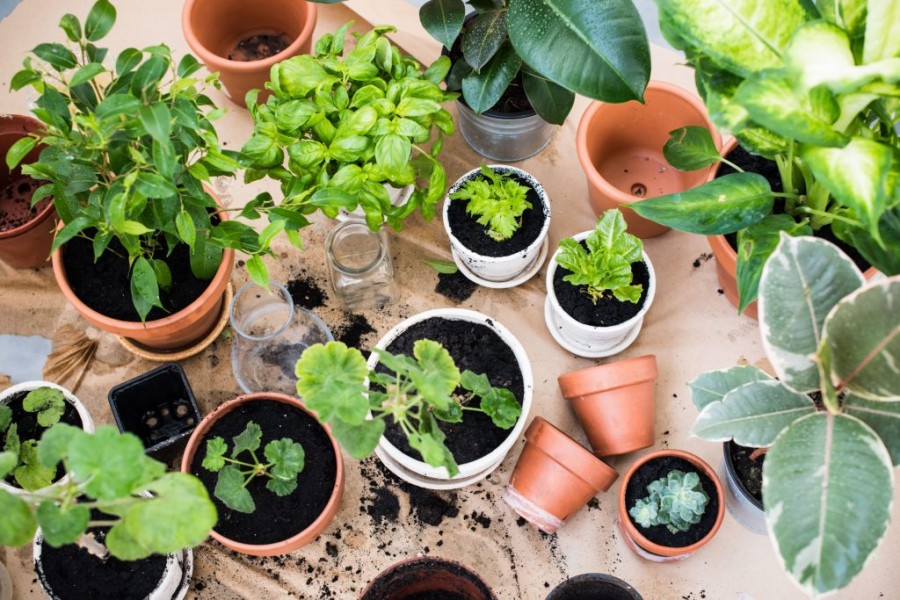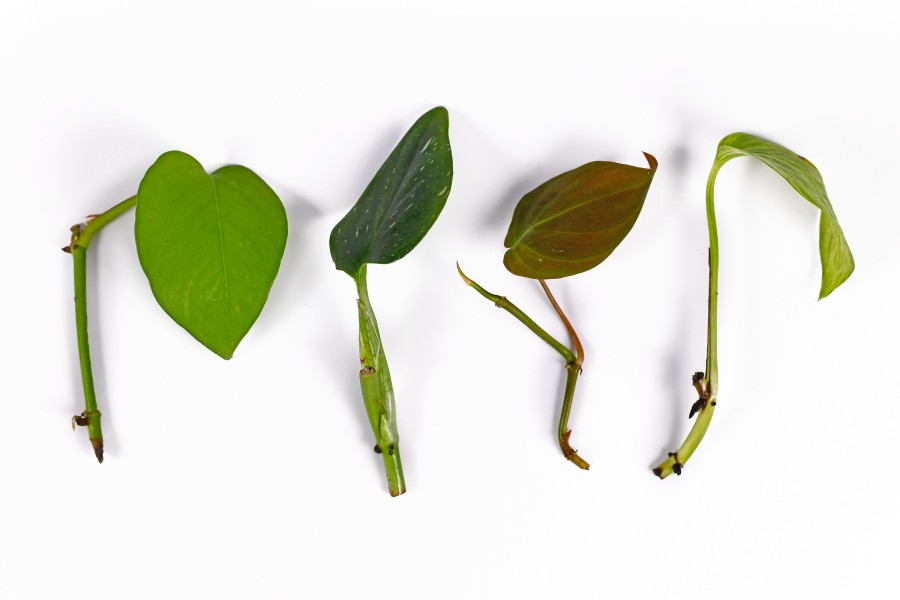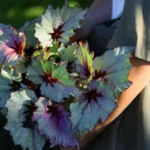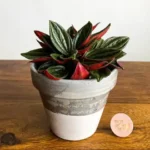Understanding Houseplant Propagation Cycles
Propagating houseplants can feel incredibly rewarding, yet achieving consistent success often depends on choosing the right time of year. Plants, like people, experience seasonal fluctuations in their growth patterns. These cyclic phases greatly influence rooting speed, vigor, and ultimate success rate. Knowing when to propagate ensures more reliable outcomes.
Generally, houseplant propagation succeeds best during the active growing season, typically spring and early summer. At this time, conditions are ideal for robust root and foliage growth. However, there are nuances influenced by specific plant species, regional climates, and household environmental factors that are crucial to understand.

Why Seasons Matter in Plant Propagation
Successful propagation depends primarily on plant hormones and growth responses influenced by external factors. Taking cuttings or divisions when plants naturally channel energy into growth and renewal yields a higher likelihood of rooting and survival. Below are the environmental conditions and variables that matter most:
Light Availability
Houseplants typically grow best with bright indirect light (10,000–15,000 lux). In spring and early summer, the intensity, duration, and quality of natural sunlight are higher, supporting new growth and leaf development. This increased light availability translates directly into stronger rooting and faster establishment of cuttings.
Temperature Requirements
Most houseplants root most effectively within a specific, moderately warm temperature range of approximately 65–77°F (18–25°C). During spring and summer, indoor temperatures usually fall within this ideal propagation zone without extra heating or adjustments. Cooler seasons may force growth into dormancy, while hotter midsummer temperatures above 85°F (29°C) could stress tender cuttings.
Humidity Levels
Humidity is critical for rooting cuttings and growing seedlings. Optimal humidity levels for propagation range between 60–80%. Springtime indoor humidity usually stabilizes around 50–60%, making it relatively easy to increase levels slightly through simple methods like humidity trays or transparent humidity domes. Winter’s heating systems, conversely, cause indoor air to drop as low as 20–30%, complicating propagation.
Plant Hormonal Activity
Plants possess internal hormonal signals that guide growth, dormancy, and rooting. During winter, most indoor houseplants become mostly dormant, significantly slowing hormone-driven growth stimulation. When spring approaches and daylight hours slowly increase beyond 11–12 hours per day, houseplants begin actively producing growth hormones like auxins that promote root formation, essential for propagation success.

Ideal Timeframes and Propagation Windows
For clarity, let’s outline specific timelines when indoor propagation experiences the highest success:
- Early to Mid Spring (Late March–May): Considered the prime time window for most common indoor plants. Growth hormone production is high, daylight is sufficient (over 12 hours per day), and indoor environmental conditions easily align with optimal propagation requirements.
- Late Spring to Early Summer (Late May–June): Still a suitable propagation window, especially advantageous for tropical species like pothos, philodendron, monstera, and ficus. However, monitor closely to avoid overheating or sun damage if placed too close to windows receiving direct intense sunlight.
- Mid Summer (July–August): While propagation success remains possible, excessive heat can stress young cuttings. Aim to maintain temperature below 85°F (29°C) and manage humidity carefully to prevent dehydrated and stressed plant cuttings.
- Late Summer to Autumn (September–October): Propagation success begins dropping off but can still work with added attention to temperature and humidity. Some tougher indoor plants, such as snake plants (Sansevieria) or ZZ plants, remain viable candidates during this period given their hardiness and slower growth.
- Winter Months (November–February): Generally considered least ideal due to short daylight hours, cooler temperatures, and lower humidity. Most common indoor houseplants re-route energy away from growth, making rooting significantly slower—routinely taking 6–8 weeks compared to the more typical 2–4 weeks during the spring and early summer.
Propagation Method: Adaptations by Season
Just as important as timing is selecting the correct propagation approach for the season. Here’s a straightforward breakdown:
Spring (Best Season)
- Method: Stem cuttings, leaf cuttings, and aerial layering are highly effective.
- Conditions: Bright indirect light (10,000–15,000 lux), temperatures 65–77°F (18–25°C), and stable humidity (60–80%).
- Expected Rooting Time: 2–4 weeks.
Summer (Requires Attention)
- Method: Stem cuttings and aerial layering still viable but require close monitoring.
- Conditions: Monitor extreme heat, aim for temperatures under 85°F (29°C), high humidity (60–80%), and shade cuttings from direct sun.
- Expected Rooting Time: Usually 3–5 weeks under controlled conditions.
Autumn (Reduced Success)
- Method: Division of mature houseplants is more reliable than leaf or stem cuttings.
- Conditions: Maintain temperatures above 65°F (18°C), stable humidity around 60%, reduced watering frequency.
- Expected Rooting Time: Generally takes around 5–7 weeks.
Winter (Least Favorable)
- Method: Only recommended for hardy, slow-growing, and drought-resistant houseplants via careful division.
- Conditions: Warm consistent indoor temperatures, additional artificial grow lights with 10–12 hours of daily illumination at around 10,000 lux.
- Expected Rooting Time: At minimum 6–8 weeks, often significantly longer.
Special Considerations for Common Plants
Different houseplants have unique propagation preferences. Here’s a quick guide covering popular indoor plants:
- Pothos (Epipremnum aureum) and Philodendron: Best propagated via stem cuttings in early-to-mid spring. Roots appear in water or moist soil typically in 2–3 weeks.
- Snake Plants (Sansevieria) and ZZ Plants: Robust plants suitable for leaf cuttings or division in late spring and early summer—generally take 4–6 weeks to root.
- Ficus Species (Rubber plants, Fiddle Leaf Figs): Prefer springtime propagation through stem cuttings or air layering. Rooting typically occurs in 3–4 weeks under optimal conditions.
- Monstera Deliciosa: Thrives in spring stem cuttings with air roots—roots becoming evident after 2–4 weeks.
- Succulents (Aloe, Echeveria): Best propagation timing occurs during warm early summer days, leaf/root cuttings rooting within 3–5 weeks.
Conclusion
Houseplant propagation success largely depends on understanding the best environmental conditions and aligning cuttings or divisions with plants’ natural growth cycles. Generally, propagation is most successful and efficient in early spring through early summer, due to readily available natural sunlight, higher humidity, ideal temperatures, and optimum plant hormonal activity. Home gardeners, especially beginners, benefit immensely from aligning their propagation activity with these natural windows of opportunity to ensure consistent success and healthy, robust new plant growth.
References
- Hartmann, H. T., Kester, D. E., Davies, F. T., & Geneve, R. L. (2017). Hartmann & Kester’s Plant Propagation: Principles and Practices (9th ed.). Pearson Education.
- Druse, K. (2012). Making More Plants: The Science, Art, and Joy of Propagation. Stewart, Tabori & Chang.
- Jones, L. J. (2022). The Complete Houseplant Survival Manual: Essential Gardening Kow-how for Keeping (Not Killing!) More Than 160 Indoor Plants. Storey Publishing.








